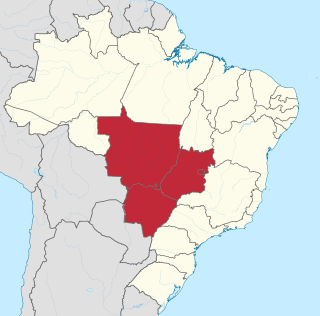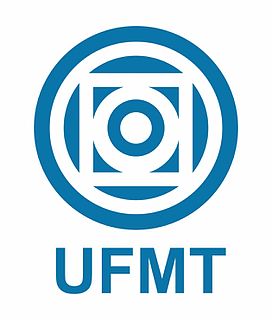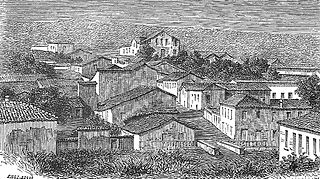This article does not cite any sources .(December 2007) (Learn how and when to remove this template message) |
The Mato Grosso Plateau (Planalto do Mato Grosso) is a plateau in central Brazil occupying most of the state of Mato Grosso. It contains mostly savanna and woodland. It is an ancient erosional plateau that extends from the border of Goiás state westward to the Parecis plateau, which lies near the Bolivian border. In the south it gives way to floodplains called the Pantanal.

In geology and physical geography, a plateau, also called a high plain or a tableland, is an area of a highland, usually consisting of relatively flat terrain, that is raised significantly above the surrounding area, often with one or more sides with steep slopes. Plateaus can be formed by a number of processes, including upwelling of volcanic magma, extrusion of lava, and erosion by water and glaciers. Plateaus are classified according to their surrounding environment as intermontane, piedmont, or continental.

Brazil, officially the Federative Republic of Brazil, is the largest country in both South America and Latin America. At 8.5 million square kilometers and with over 208 million people, Brazil is the world's fifth-largest country by area and the fifth most populous. Its capital is Brasília, and its most populated city is São Paulo. The federation is composed of the union of the 26 states, the Federal District, and the 5,570 municipalities. It is the largest country to have Portuguese as an official language and the only one in the Americas; it is also one of the most multicultural and ethnically diverse nations, due to over a century of mass immigration from around the world.

Mato Grosso is one of the states of Brazil, the third-largest by area, located in the western part of the country.
The plateau is home to indigenous peoples, such as the Xavante.













